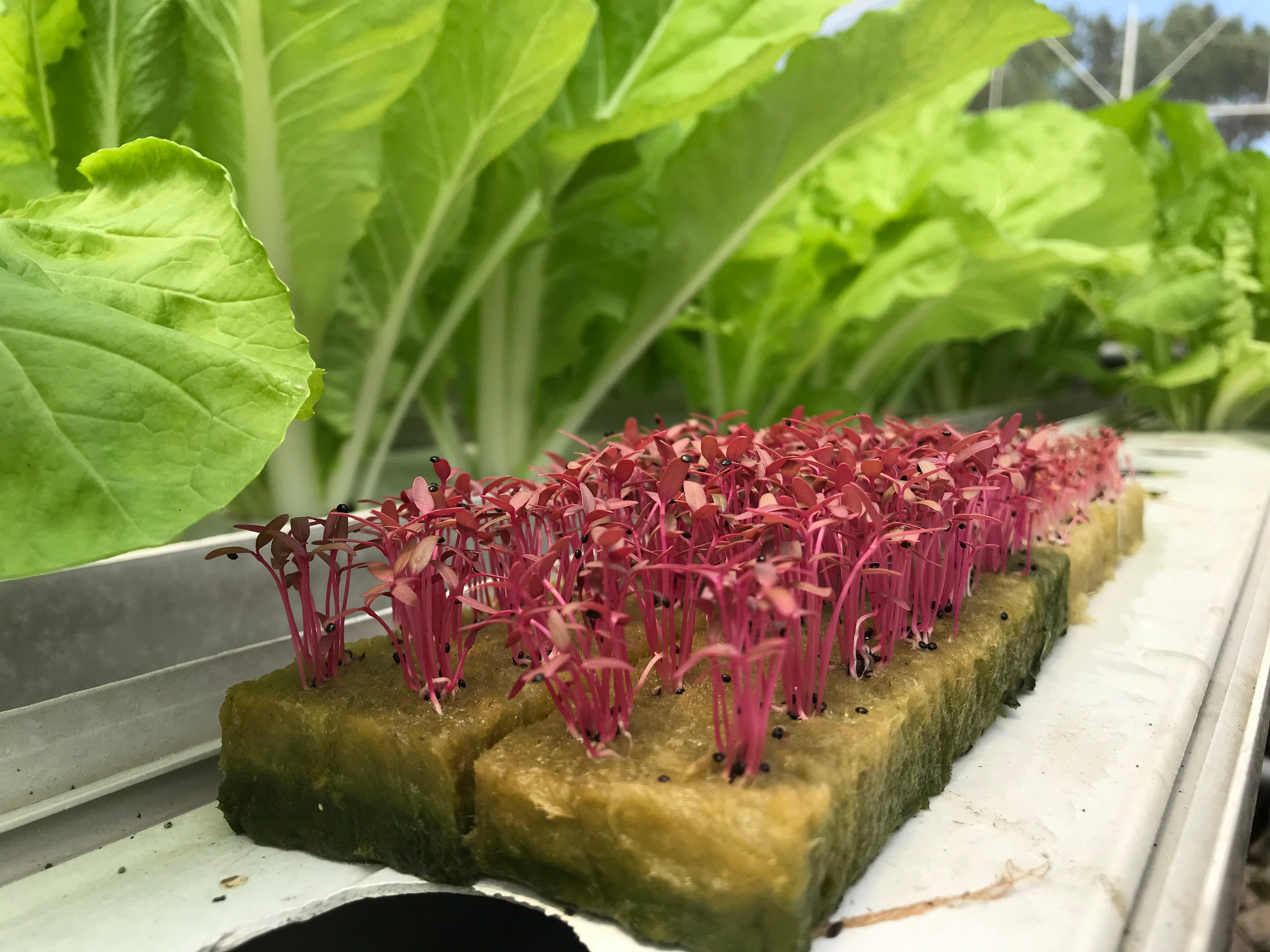Grow Room Ventilation Explained

Everything you Need to Know About Grow Room Ventilation
Air is invisible, which is why we often forget it exists. However, we cannot live without it and neither can plants for that matter. So, if you’re growing indoors, you’ll need to think about grow room ventilation. Without proper ventilation, your plants won’t grow well and you’ll get poor harvests.
Grow room ventilation is essentially a system that ensures a continuous flow of air between the outside and your indoor grow area. It can also include mechanisms for air circulation inside the grow room.
Why Your Grow Room Needs a Ventilation System
Maintaining Optimal CO2 Levels
Plants need carbon dioxide to thrive, and if you keep them in closed environments with no supply of fresh outside air, they will soon run out of CO2. Grow room ventilation systems help maintain the perfect CO2 levels for plants. A proper ventilation system will help boost the growth and increase yields from your plants
Heat Management
Different plants grow best in different temperatures, so maintaining optimal temperature for your plants is crucial for their growth. Outdoors, plants get heat from the sun and winds provide some cooling. When you grow indoors, plants will get heat from grow lights, but they won’t have a chance to cool down if there is no wind or air circulation. Also, keep in mind that some grow lights produce more heat than others. For example, metal halide (MH) and high-pressure sodium (HPS) grow lights produce much more heat than fluorescent or LED grow lights. Having a ventilation system in place will help extract warm, stale air and bring in cool, fresh air that your plants need to grow and thrive.
Humidity Management
Plants are great humidifiers. All day long they expire water vapor. However, if they grow inside, this can become a problem. If there is no proper ventilation in the grow room, humidity will rise rapidly, and humidity attracts a lot of pests and insects. High humidity is also not good for most plants, unless they are tropical species. A proper ventilation system will help control humidity because it will dump out stale air and bring in fresh air from the outside.
Pest Control
Stagnant and humid air has negative impact on all surfaces in your grow room, especially the growing medium. In high humidity, the growing medium will remain damp and humid, and this can attract fungi, mold, mildew, and pests. A ventilation system will help control humidity, and therefore will reduce the risk of fungi, mold, mildew, and pests. Still air makes it easier for pests to fly around, so having fans maintain a breeze in your grow room will make it more difficult for them to reach your plants.

How to Ventilate Your Grow Room
At a very minimum, you will need an exhaust fan to remove the old air, and an oscillating fan for air circulation inside the grow room, and an opening for bringing in fresh air, which could be a hole or an open window, but it should have a net to keep away bugs and filter out large particles.
Exhaust Fan
Exhaust fans will remove hot, humid air from your grow room. They are typically used with ducting to channel the old air away from the grow room.
Oscillating Fan
These can be a simple pedestal fan. They are needed to create a gentle breeze inside the grow room and keep the air circulating.
Passive and Active Intake Systems
With a passive intake system, you will only have an exhaust fan to remove the old air, and fresh air will enter through an intake hole or a duct due to the negative pressure created inside the room. The intake hole needs to be much larger than the exhaust hole or duct for the ventilation system to be effective. You can also use multiple intake holes to provide adequate airflow.
An active intake system will have an additional fan, which is called the intake fan. It is used to bring in fresh air from the outside through the intake vent. In most cases, intake and exhaust fans should be the same strength, or the intake fan can have a 15–20% lower CFM rating than the exhaust fan. So, if you can’t have large intake holes in your grow room, you can consider an active intake system.
Calculating Fan Strength
Calculating fan strength will require a little bit of maths, but it’s nothing too crazy. Fans are rated by CFM (cubic feet per minute). To figure out the CFM you need, you need to know the dimensions of your grow room and the exhaust efficiency.
First, you need to calculate the total volume of your grow room by multiplying the length by the width by the height in feet. This is the volume of your room in cubic feet. You need to divide by 3 because you want your fan to completely exchange the air every 3 minutes. This is your baseline CFM rating, but this is the very minimum. You will also need to consider various factors that will affect the efficiency of your exhaust fan.
The efficiency will vary depending on a few different factors, but the most important ones are the age and make of the filter, the length of the duct between the fan and filter, your grow lights wattage, and the climate you live in.
Most ventilation systems use a carbon filter on the exhaust side. Filters also have CFM ratings, and your filter CFM rating must not be lower than your CFM fan rating. Otherwise, your fan will not be able to move the air as efficiently, and your filter will not filter out all the smells from the exhaust air. You need to add 20% to your CFM rating if you use a filter in your system.
Next, you need to add 10% for every 10 feet (3 m) of ducting. And you also need to add 10% for every 1000W of your grow lights’ wattage. If you live in a hot climate, you can add an additional 25%, and if you live in a hot and humid climate, add 40%. Once you’ve done all the calculations, you will get the minimum CFM rating for your exhaust fan. If you decide to go with an active intake system, you can match the exhaust fan’s CFM for your intake fan, or you can even reduce it by 15–20%, and there is no need to have an intake fan with a higher CFM rating than the exhaust fan.
For more great content check out the Proponics YouTube channel below!

By Max Barnes
Max Barnes is a long-time homesteader and author. Max grows the majority of his own food year-round using a variety of different methods, including hydroponics. Hydroponic gardening plays a huge part in his homestead and self-sufficiency goals.




